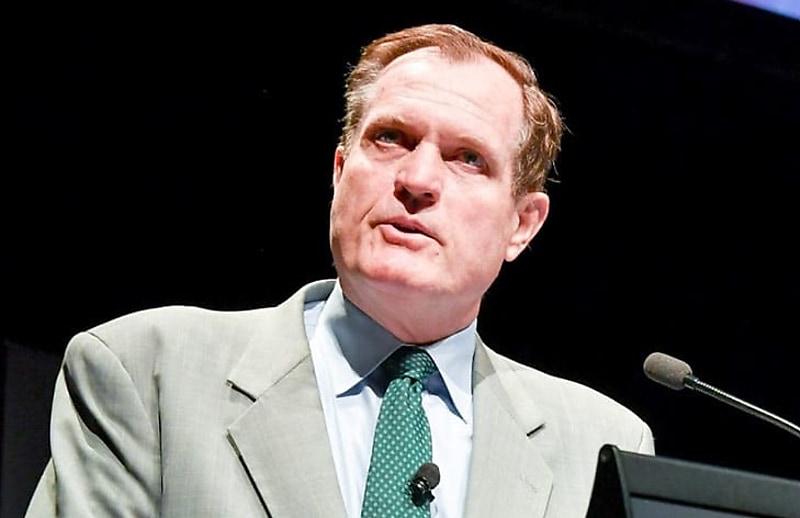The tax profession needs to raise its game on cyber security and embrace the ATO’s client linking system to combat rising fraud and identity theft, Commissioner Chris Jordan says.
He said the ATO could only “do so much” and accountants had to help protect the system from “cyber threats”.
You’re out of free articles for this month
“Today, my final challenge to you is that you are fit for the future,” he told the Tax Institute Summit in Melbourne yesterday.
“Tax professionals and advisers of the future have strong ethics and integrity, financial intelligence, data literacy and professional acumen.
“As we increasingly digitalise the system, you need to know your clients, ask the right questions, give high-value advice, and verify their data and information. You will also need to protect yourselves, and your clients from fraud and cyber threats.”
“We can only do so much on our end. You need to also play your part. It’s imperative you have appropriate safeguards bolted onto your own systems. You need to do your own due diligence. We have seen an increase in identity theft fraud which is concerning.”
“We have flags within our system that alert us for things like bank account changes but we cannot be the only checkpoint. This is one of the biggest issues we face as a revenue authority, but tax agents face it too.”
“We are actively trying to assist you in this. Our client-agent linking is soon to be rolled out to all companies, trusts, and partnerships with an ABN.”
“While it adds an extra step to the agent-linking process, it’s about strengthening the security of our online services by making sure all parties – including agents and your clients – can be confident only authorised people have access to client information.”
The revised client linking system, which involves six steps and relies on a client to nominate an agent online, has been widely criticised by the profession as too complex.
The ATO began rolling out the system to big business last June with a phased adoption this year.
Mr Jordan stressed that the ATO’s rollout of digital services was a critical juncture and agents would have to reduce direct contact with the Tax Office.
“Together, we need to get taxpayers to change their mindset around going digital and getting to a point where everything is built into a wider system and is instant,” he said.
“It’s 2023, we can’t still be receiving close to 1 million paper activity statements and sending out cheques.
“As tax professionals, your manual effort is better spent where you can add the most value – which should be providing guidance and advice, and making sure your clients are meeting their obligations.”
The ATO would roll out a new website later this year and tax professionals would need to make their primary resource for resolving problems.
“Today, more than one in five of the 1.4 million calls we answered this financial year – that’s around 220,000 calls – have been from tax professionals,” he said. “Many of the calls are for things professionals can be self-serving through our online services. We are making the improvements we need to make to ensure you can fully utilise our online offerings.”
“I know the onus will be on the ATO to make sure we provide easy access to clear, helpful information and guidance. This is something we are continuously on the journey of doing. We have a whole new website coming later this year, with a much better look and feel which will make it easier for people to find the answers they need.”
“On our service more generally, we know we need to do better. But this means we will need to make some changes. We aren’t alone. The HMRC is trialling a seasonal model where they have turned off the self-assessment helpline for three months to take priority calls and reduce processing backlogs.
“We won’t go that far, although we have changed some of our service windows. We are actively exploring how we manage our workloads and improve performance.”

 Login
Login







